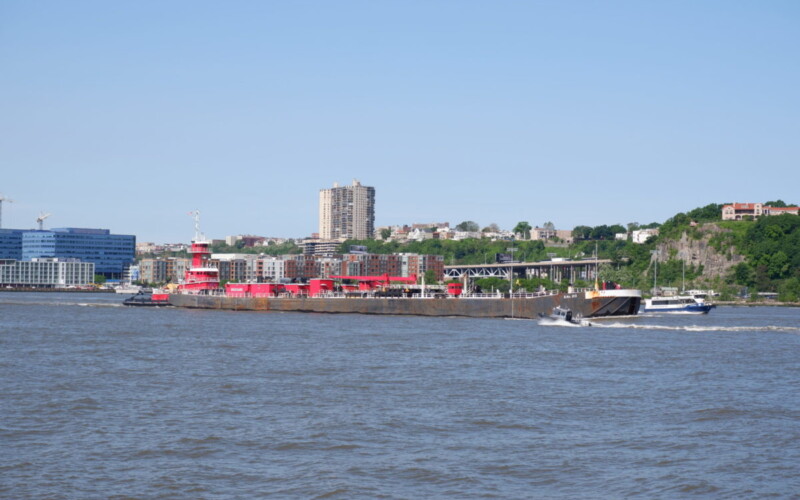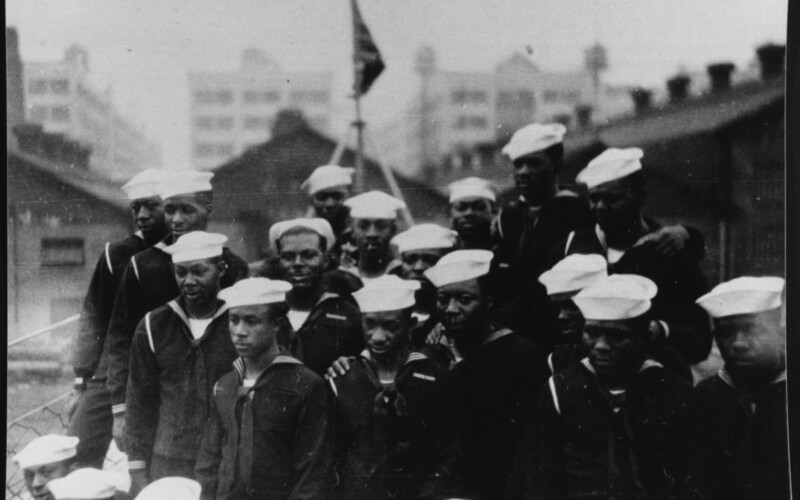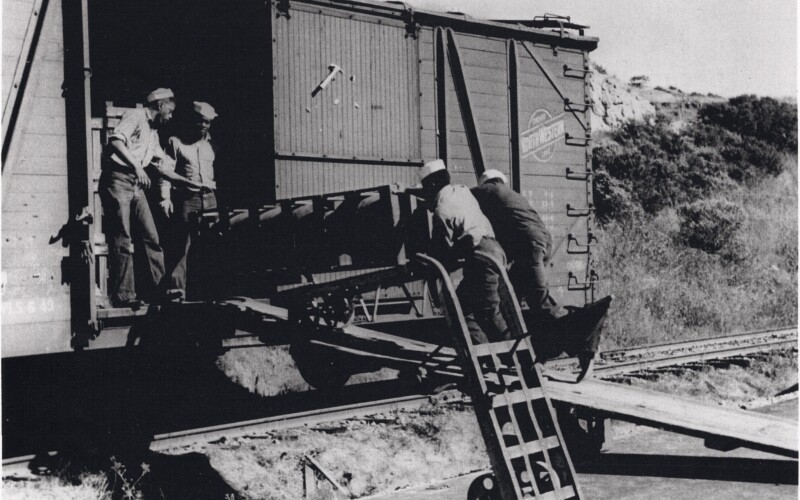We have experience hosting a range of audiences, from college classes to birthday parties to company outings, and we customize our tours to meet your group’s interests and needs.
Book a private tour today
Join us for another virtual boat tour aboard a beautiful motor yacht with our friends at Classic Harbor Line. This time we will be heading north, exploring the very northern tip …
Read more

The celebrate Black History Month and the 220th birthday at the Brooklyn Navy Yard, we are looking at the obstacles and opportunities that Black people encountered at the Brooklyn Navy …
Read more

This summer marks the 70th anniversary of the tragic events of Port Chicago, California, the worst home front disaster of World War II. 320 people were killed, most of them US Navy sailors, …
Read more
